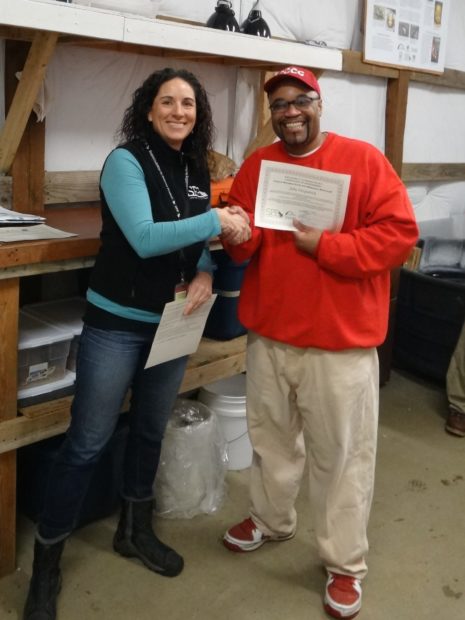
Proudly presenting John with an SPP certificate of achievement as a turtle rehabilitation and research specialist on his last day in the program.
By John Fitzpatrick, Biological Science Technician at Cedar Creek Corrections Center.
Foreword and photos by Jessica Brown, SPP Turtle Program Coordinator.
When John Fitzpatrick applied and interviewed for an opening with the SPP Western pond turtle program, his professional attitude and passion for learning told me right away that he would be a great asset to the team. He came highly recommended by both his fellow inmates and corrections staff, and I quickly knew why. With every weekly visit to Cedar Creek, he would greet me with a huge smile and an enthusiastically warm welcome. Upon asking how he was, his reply would always include the words, “I’m blessed!”
Over the course of his time with SPP, he was pushed out of his comfort zone but graciously accepted these new learning experiences. Most of the environmental education readings and assignments I provided to the team presented completely novel (and sometimes challenging) concepts for John, but because of his zest for learning, he thrived. It was awesome to see how excited he became when he made connections with each learning experience—and how he shared this with everyone he could. He will also be the first person to let you know of the statistics showing how the attainment of education greatly reduces recidivism rates. Education is clearly his passion!
His last day with the SPP team was a joyful one (with maybe a few tears shed) because it marks the last of his time at Cedar Creek. We wish him all the best as he begins the next part of his journey starting school during work release with the help of the scholarship he received from the Mike Rowe Foundation. He has definitely left a lasting impression on me and I’m pretty sure the opportunity with SPP has had a positive impact in his life. But, read his first blog below to see for yourself.
Short timing and blogging with Team SPP
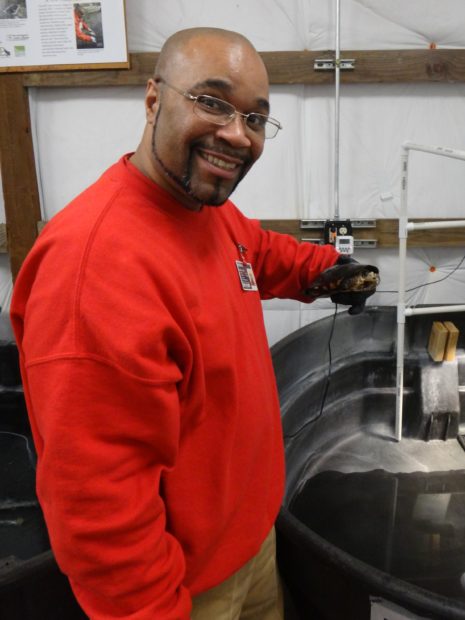
John became quite comfortable handling the turtles, but this all began with a big step out of his comfort zone.
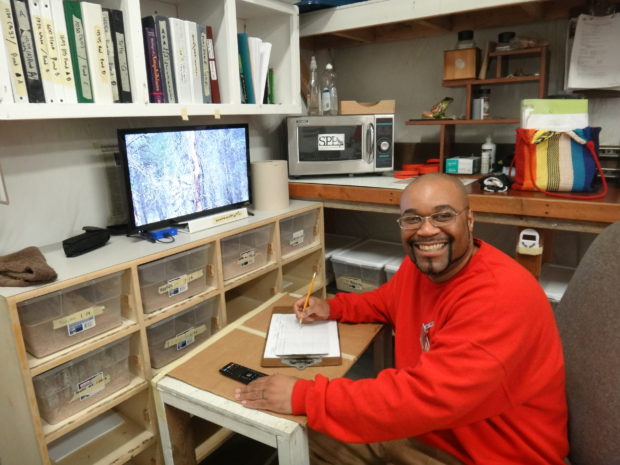
John recording woodpecker behavior while watching video footage…but it’s no surprise that he had to stop for a second to smile for the camera!
Now let me pull your coat to something about one man’s journey of success with the Sustainability in Prisons Project (SPP) team. A 141 month prison sentence to serve will make even the most ignorant person think of a lifestyle that needs some serious changing. It has been said that your life does not get better by chance, it gets better by change. I now live a life defined by principles of change; be it mindset, decision making, and really all of the choices I make from this point moving forward. I am due to be fully released on July 27, 2018 and this is my year to shine—and shine bright!
My time on the SPP team as a Biological Science Technician has awakened the caring man beneath the criminal façade. Learning and obtaining such a vast knowledge and understanding of environmental awareness has enlivened my thought process. It’s quite blissful cause I see now how environmental concerns instilled in me what the “Roots of Success” really means. I now care about this planet and animals on it like never before, so to make “hay while the sun still shines” is a priority for me. The Evergreen State is on the rise in sustainable practices and awareness inviting a greener economy. It’s more than just a want, it’s more likening to a need and a must that I do MY part in making this planet better.
To be a man amongst men for God’s beautiful Earth is my focus. There is a cliché that says “necessity is the mother of invention”, and my being on Team SPP has been a positive learning experience and motivation for my change, necessary actually. If you want to be happy, set a goal that commands your thoughts, liberates your energy, and inspires hope. I’ve discovered my own AMAZING tower of strength, and ever since, I’ve been asked about my smiling face. The question people ask is: Can I describe what success looks like? Believe you me! Many hours and minutes have been spent pondering exactly what success looks like. I’ll admit, I myself have had few and far apart many glimpses of success look-alikes, so I can honestly tell ya this: A thing of beauty is joy forever, and the grass IS greener on the other side, but only if you nurture and water it.
Now mind you, it’s only Chapter One of this new journey of mine. This is only the very beginning, and with it, there will be small successes along the way. The rest of my story is to be continued…
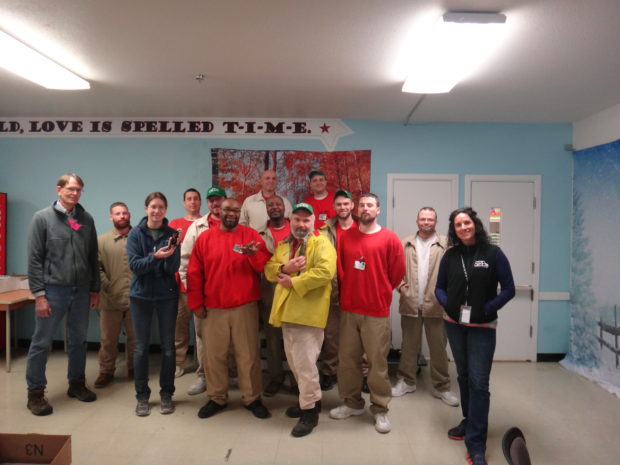
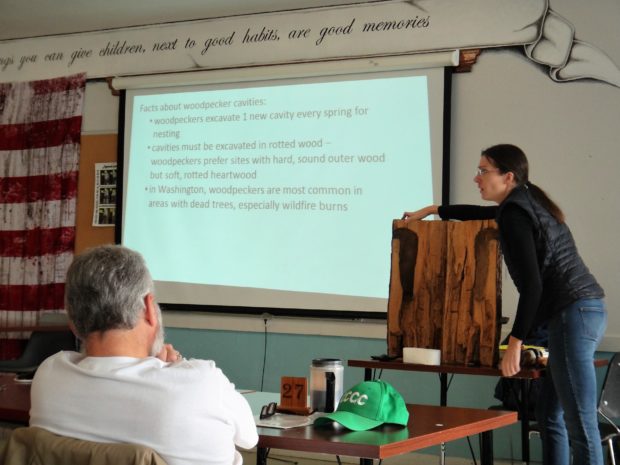
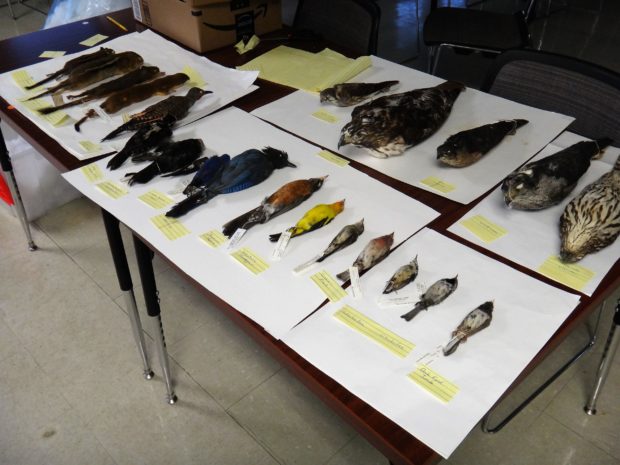
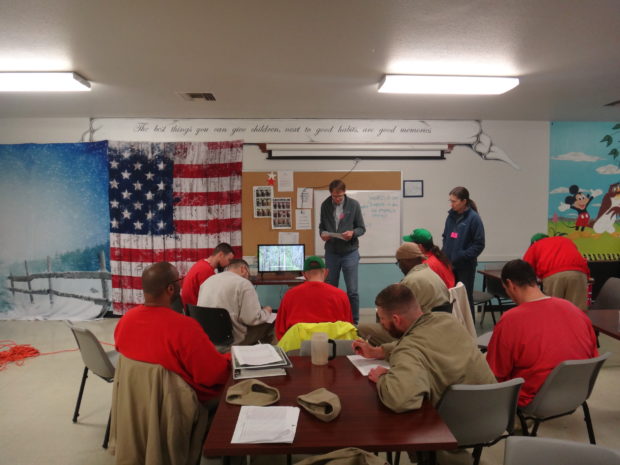
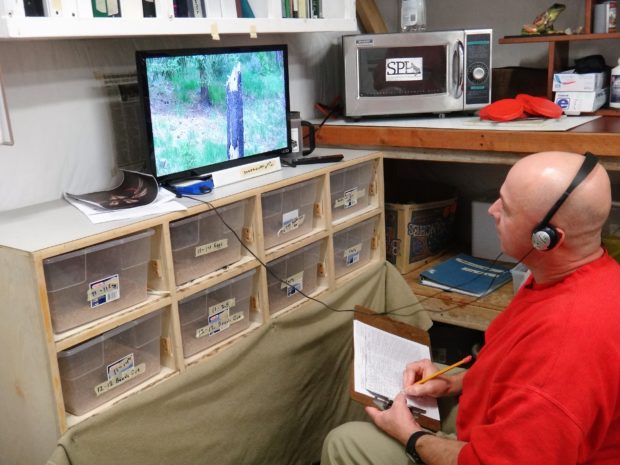
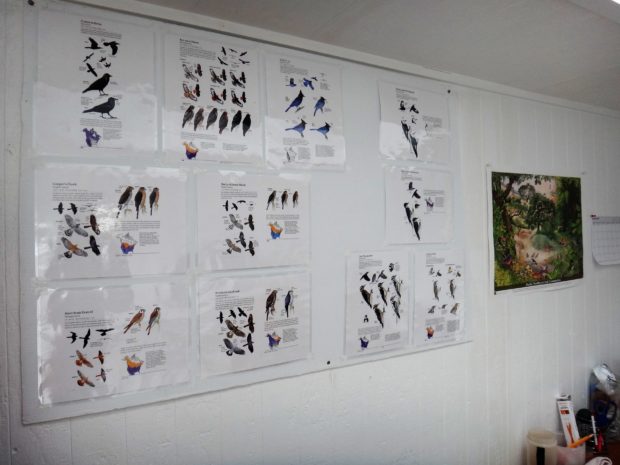
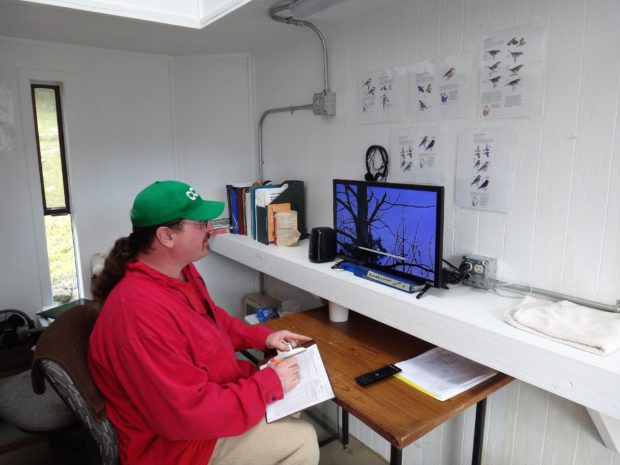













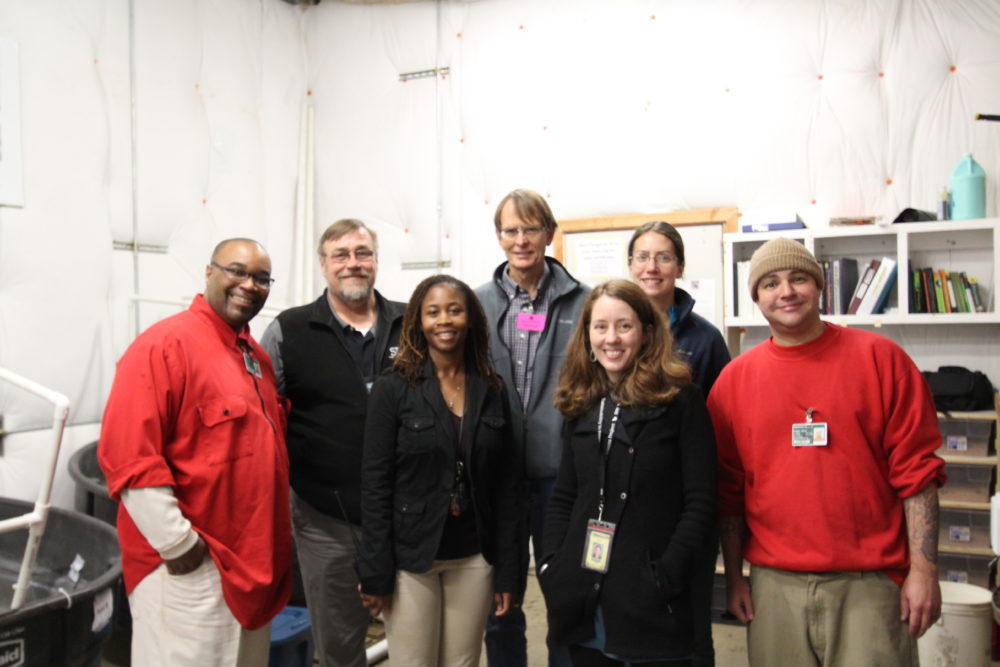
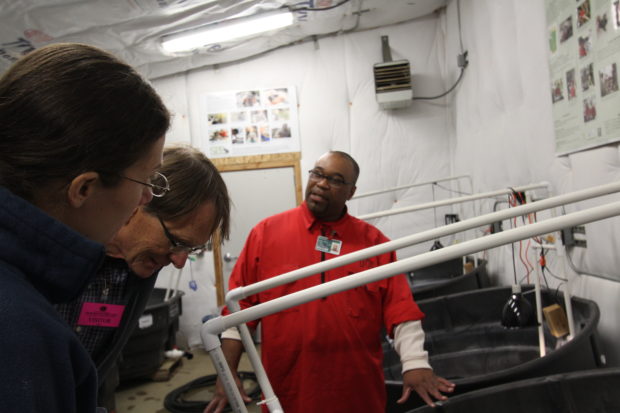
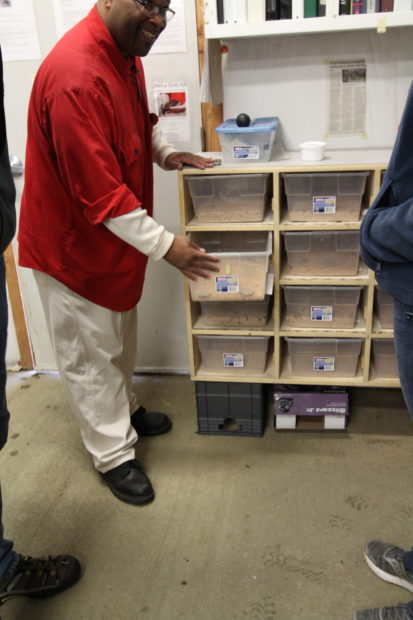
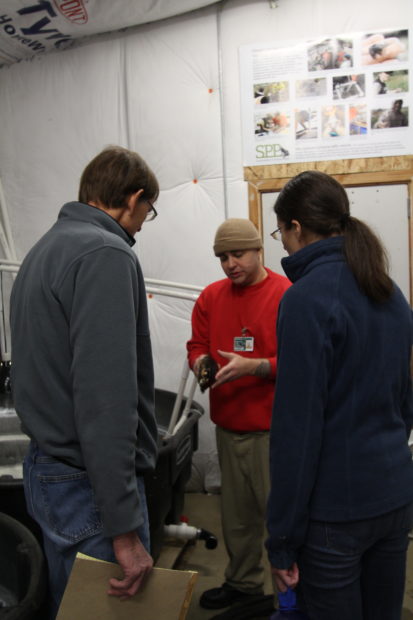
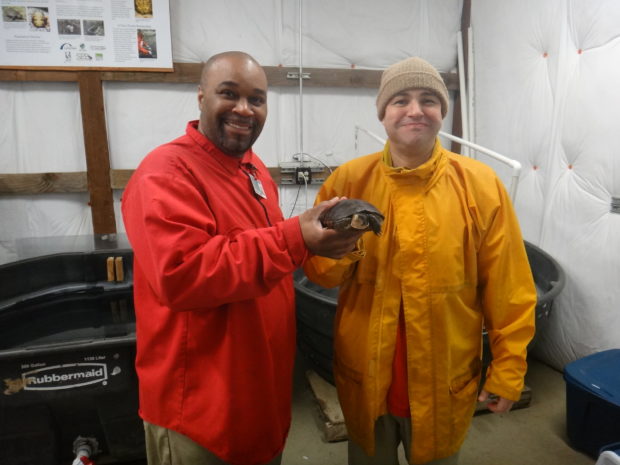
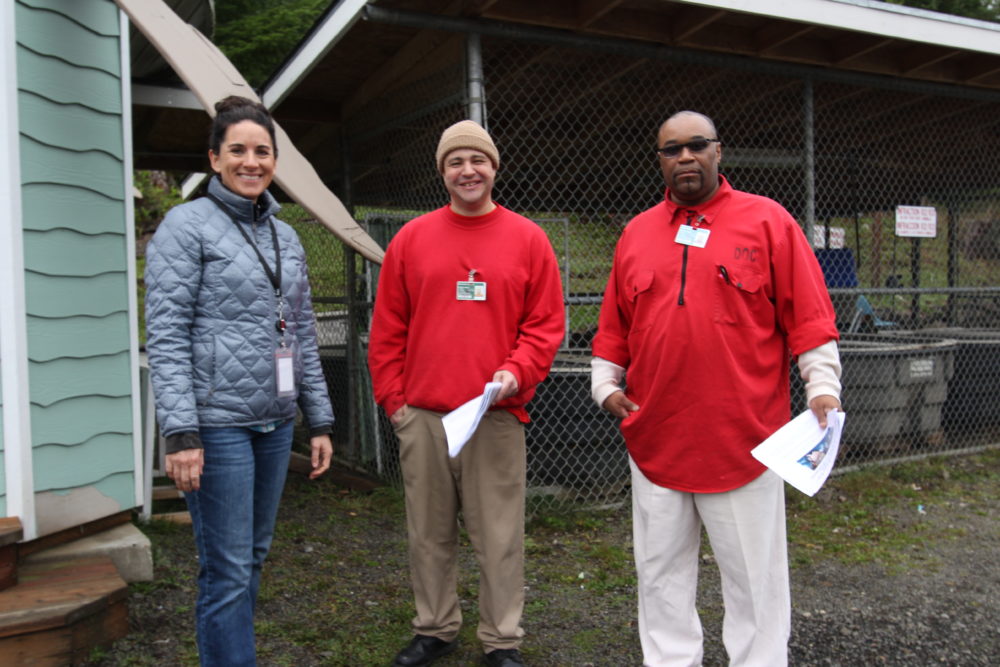



























 The students at Stafford Creek express interest in a huge variety of sustainability and environmental topics. New topic requests I heard were economic and political aspects of climate change—I agree that there is much to learn and consider in that arena! A few students spoke of their frustrations of not having their requests filled, or that they have missed the presentation when their request was met. Again, this points to the desire to increase program access and scope.
The students at Stafford Creek express interest in a huge variety of sustainability and environmental topics. New topic requests I heard were economic and political aspects of climate change—I agree that there is much to learn and consider in that arena! A few students spoke of their frustrations of not having their requests filled, or that they have missed the presentation when their request was met. Again, this points to the desire to increase program access and scope.




